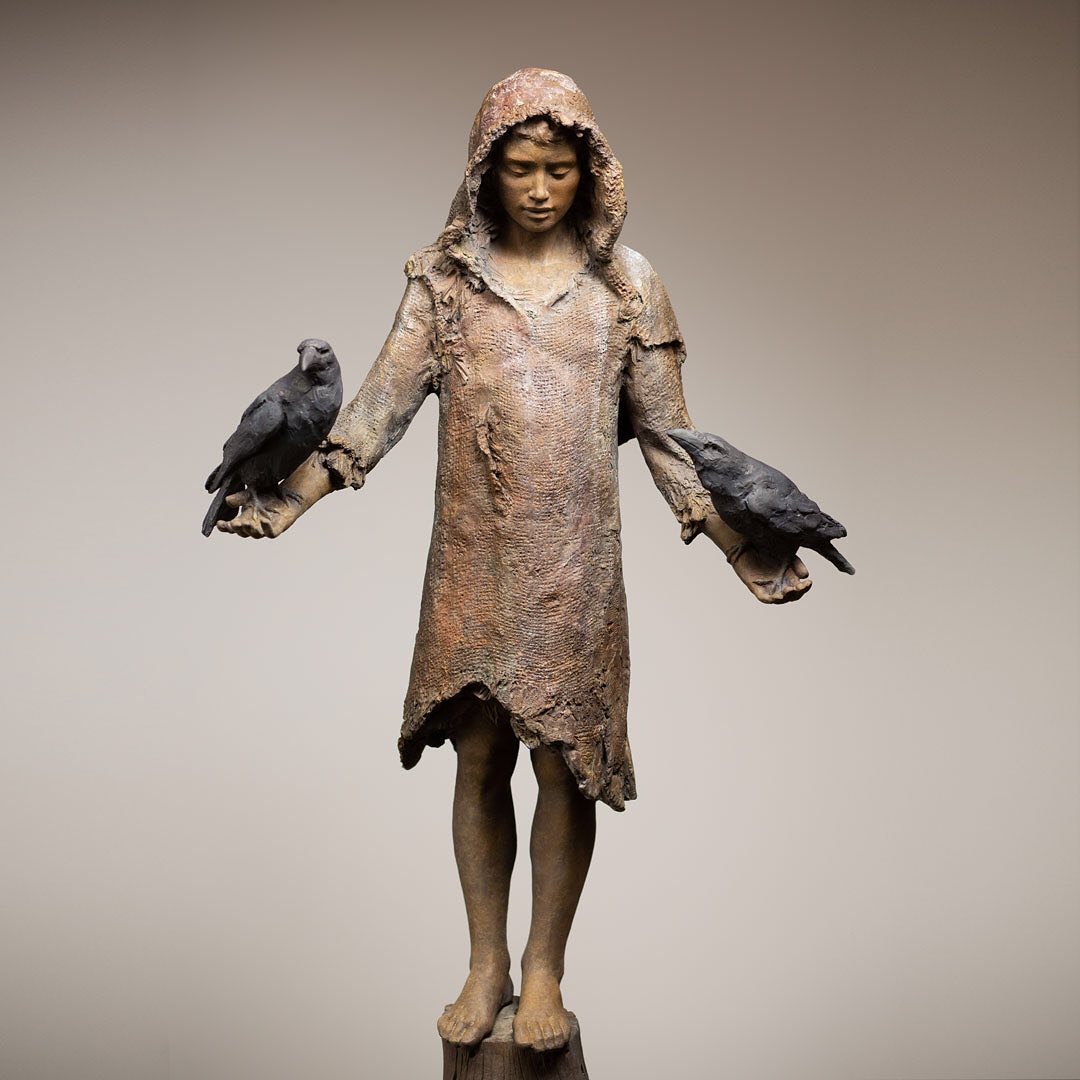Gwen Murphy, American sculptor, is a brilliant artist who breathes new life into old shoes, by transforming them from fashion accessories into intriguing works of art.
Ever since she was a little girl, Gwen liked to look at shoes and found that they were staring back at her, each pair with its own character and personality.
Depending on model and how worn out they were, some shoes sometimes looked sleepy, other times grouchy or fierce, some even looked like they were singing.










